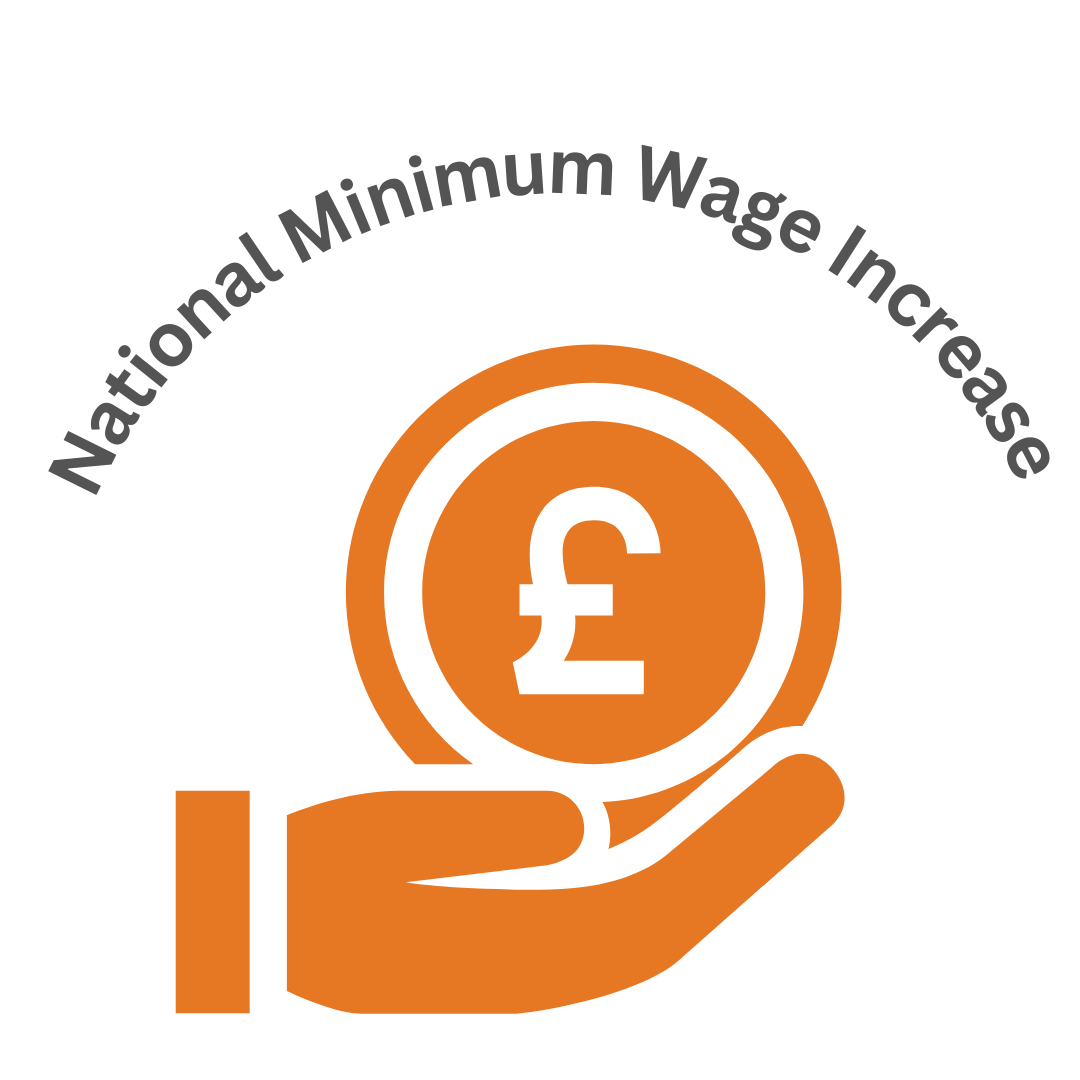UK National Living Wage Set to Rise in 2026: What You Need to Know
As the UK continues navigating economic shifts and cost‑of‑living challenges. The National Living Wage is significant increase in 2026. Here’s a breakdown of today’s projections, their implications, and what to expect in the months ahead.
What’s the Projected Increase?
According to the latest guidance from the Low Pay Commission (LPC). The NLW for workers aged 21 and over is estimated to increase by around 4.1% in April 2026. The current £12.21 per hour to an estimated £12.71 per hour (Reuters, GOV.UK, Personnel Today).
This central figure comes with a projected range—between £12.55 and £12.86 per hour—reflecting economic variables and market dynamics (Reuters, GOV.UK, Personnel Today).
Why This Increase Now?
1. Aligning with Median Earnings
The government continues its commitment to ensuring the NLW does not fall below two-thirds of UK median earnings. This target underpins the LPC’s remit for next year’s recommendation (GOV.UK, brc.org.uk, Personnel Today).
2. Stronger-Than-Forecast Wage Growth
Average wage growth has exceeded projections—5.1% by May 2025—with forecasts pointing to 3.9% by the end of the year and around 3% by end‑2026 (GOV.UK, Reuters, Personnel Today). These robust wage trends prompted the LPC to raise its central estimate from the earlier £12.65 (GOV.UK, cbrsolutions.org.uk).
3. Wider Economic Considerations
The LPC emphasizes that its recommendations are not simply formula-driven. They account for the broader economic context, including inflation, business competitiveness, and employment stability (GOV.UK, brc.org.uk, Personnel Today).
⏳ Timeline & Next Steps
- August 2025: The LPC released its updated remit and preliminary NLW projections (the £12.71 central estimate and support range) (GOV.UK, brc.org.uk, Personnel Today).
- By October 2025: The LPC is expected to submit final wage recommendations to the government, just ahead of the 2026 UK Budget.
- April 2026: The new NLW rate is expected to take effect, subject to governmental approval.
Views from the Ground
The upcoming wage increase has ignited debate:
- Supporters argue it helps fair‑pay goals and maintains worker purchasing power amid inflationary pressures.
- Critics—especially from hospitality and early‑years sectors—warn that rising wage costs could squeeze margins and pressure funding-sensitive services (Reuters, NDNA, eyalliance.org.uk).
Comparisons with “Real Living Wage”
Interestingly, the LPC’s projected NLW (£12.71) surpasses the UK’s “Real Living Wage,” set independently by the Living Wage Foundation at £12.60 per hour (outside London) as of October 2024 (Personnel Today, Wikipedia).
This convergence reflects a broader push toward fairer wages that more closely reflect actual living costs.
What This Means for SEO and Online Audiences
- Target Keywords: “2026 UK national living wage,” “national living wage increase,” “UK living wage April 2026,” “NLW forecast 2026”
- Optimal Search Phrases: Align with UK government objectives, industry reactions, and planning for businesses and workers.
- Audience Focus: Workers across hospitality, retail, and care sectors; small and medium business owners; HR and payroll professionals; policy watchers.



Greetings! Quick question that’s totally off topic.
Do you know how to make yourr site mobile friendly? My blog looks weird when viewing from my
iphone 4. I’m trying to find a theme or pllugin that might be able to fix this issue.
If you have any suggestions, please share. Thank you! http://Boyarka-Inform.com/